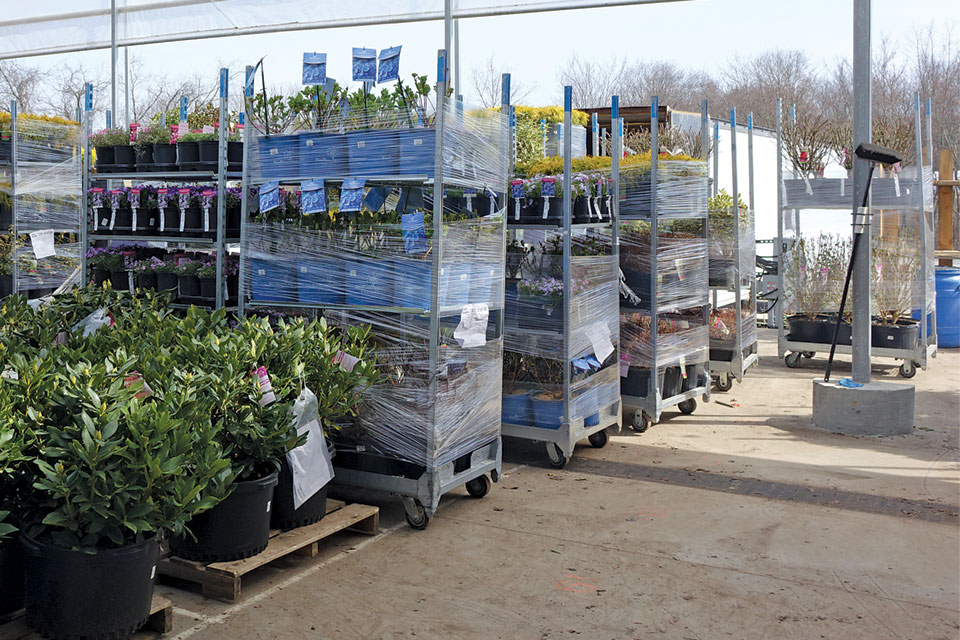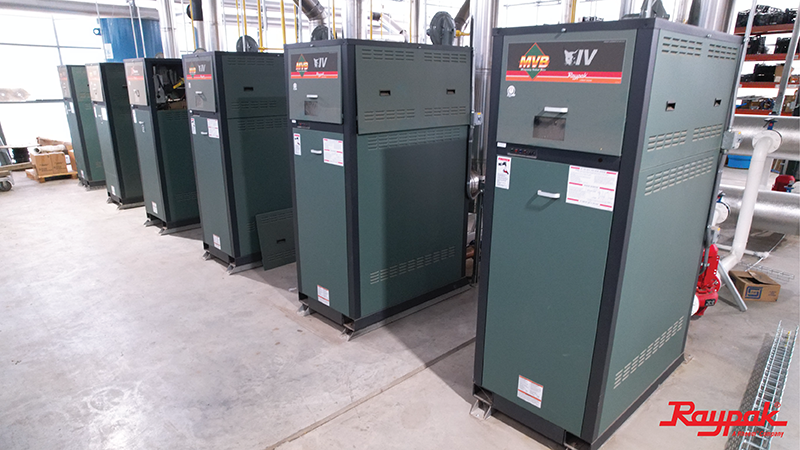Pallet Shortage Notice Highlights Challenges of Pandemic Recovery
 It’s becoming clear that controlled-environment growers across the country are feeling the effects of supply shortages that go beyond plant orders.
It’s becoming clear that controlled-environment growers across the country are feeling the effects of supply shortages that go beyond plant orders.
This past week, the Produce Marketing Association (PMA), which represents the production, packaging, and retail segments of the fresh produce (including greenhouses) and floral industries, emailed the following alert to its members:
“There is currently a shortage of all types of pallets available for rent or sale in the U.S. This is not unique to just the produce and floral industry.
Ed Treacy, PMA’s Vice President of Supply Chain and Sustainability, has spoken to executives from CHEP USA and PECO Pallets, and they both have reported their companies are facing challenges in supplying pallets to their customers.
Here is the situation:
- There is a lumber shortage in the U.S. due to COVID-19 shutting down the lumber mills for weeks.
- The surge in new house and renovation construction is consuming most of the wood available from the mills.
- The price for lumber is at an all-time high.
- Distributors, wholesale, and retail inventories are very high for non-perishable product to protect them from further supply chain disruption. That product is on pallets in their warehouses and distribution centers.
- There is a shortage of all pallets, not just CHEP and PECO pallets. White pallets (lower quality and not always rack-able) also are not available.
- Both CHEP and PECO Pallets reported that they are doing everything in their power to deal with this crisis.
All PMA members should plan on this situation not being resolved in the near term. Secure any pallet you can and inform your customers that they may receive their shipment on a non-preferred pallet until this situation is resolved.”
How has the problem of finding production and shipping supplies gotten this severe? In talking with a greenhouse vegetable grower for an upcoming story I’m working on, he told me that much of the equipment and other supplies used in horticulture and beyond comes from the Netherlands and other countries.
“When COVID-19 first emerged, things were moving a bit slower,” he said. “Now it’s a snowball effect. The cost of containers is going up, and there’s a shortage of trucks and shipping supplies and access.”
While it’s great that the worst of the pandemic is hopefully behind us, all industries are now catching up at the same time, and there simply aren’t enough factories to immediately make all the equipment needed. Greenhouse Grower’s Janeen Wright recently wrote about the imminent challenges that were developing earlier in the year; you can check that out here.
Now that Mother’s Day is behind us, perhaps the floriculture industry, at least, will have enough time to assess its current situation. But as is noted above, make sure you are prepared. Secure the products you do have, and keep your customers informed of any delays. Most of all, realize that we’re all in the same situation, and it will take patience and cooperation across the industry to get through this together.










